It may have fallen out of use almost completely, but Quentin Tarantino is bringing back 65mm film (projected at 70mm) in a big way. He’s been a big proponent of film his whole career (and has called digital cinema like TV in public), and he’s shot his most recent film The Hateful Eight completely in 65mm with anamorphic lenses, giving us the first Ultra Panavision 70 film in years. Here’s the first trailer:
Here are the specs for this shoot:
Panavision 65 HR Camera and Panavision Panaflex System 65 Studio
Panavision APO Panatar Lenses
65mm: Kodak Vision3 200T 5213, Vision3 500T 5219
Aspect Ratio: 2.75:1
This film is getting a full release in Ultra Panavision 70, which means that we’re going to see the first fiction feature film screened in anamorphic 70mm with a single-projector Cinerama system since Khartoum in 1966 (movies like Ben-Hur and Mutiny on the Bounty also used this format). Talk about making some history.

You might remember that the last major Hollywood film to shoot on 65mm and project in 70mm was Paul Thomas Anderson’s The Master, but while that film shot 5 perf 65mm (2.20:1 native aspect ratio), they center cropped that frame to get to the standard 1.85:1 aspect ratio, and shot a handful of bits on 35mm. The Hateful Eight, on the other hand, is taking that native 2.20:1 aspect ratio and shooting with 1.25x anamorphic lenses, which is later unsqueezed to a super-wide 2.75:1 aspect ratio — much wider than the normal widescreen in cinema today, which is 2.39/2.40:1. To jog your memory, here’s a trailer for The Master:
To make that a bit more clear, here is a look at The Master from Twitch Film:
And here’s how the projection actually looked on 70mm:
As you can see that center-cropped 1.85:1 frame has a bit of black on the left and right. From The American Widescreen Museum, here’s what’s going on with The Hateful Eight, which is going to end up being a much wider image:
The 65mm/70mm era was a bit confusing to say the least, but for the most part shooting on 65mm is pretty rare these days (though a handful of films have shot scenes on it). A few fiction films have also shot with the IMAX format for certain scenes, most notably Christopher Nolan with the Batman films. While that’s a 65mm negative, it runs through the camera horizontally, instead of vertically, giving you a giant 15 perf negative with a much narrower 1.43:1 aspect ratio:
And that’s your aspect ratio lesson for the day. The Hateful Eight will be screening in a handful of theaters in 70mm on December 25th, which will then be followed by a much wider release in digital. Since most theaters no longer have film projectors, that isn’t much of an option at this point for Tarantino if he wants to get a wide release. Either way, seeing Ultra Panavision 70 projected in theaters is probably going to be something you don’t want to miss, as it could very well be the last new film to ever use the format.


